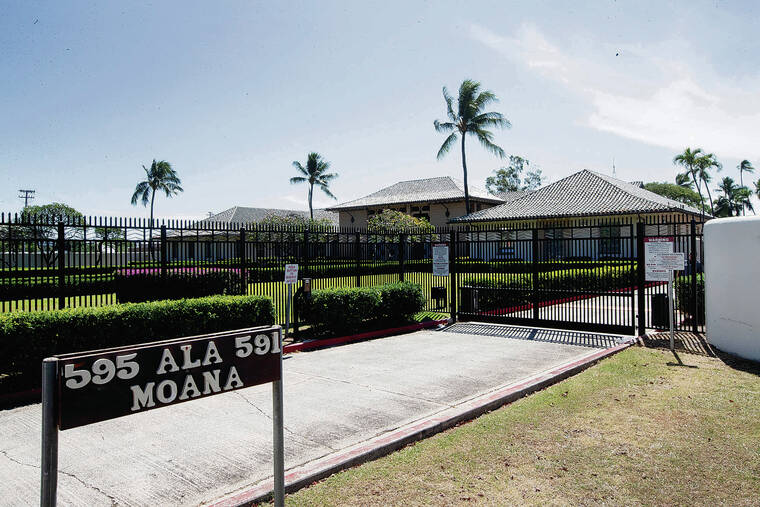HONOLULU — Surfrider Foundation’s Hawai‘i chapters are launching the North Pacific Hagfish Trap Project to reduce the number of hagfish traps washing up on the coastlines of the state.
Hagfish traps are used to catch a primitive, eel-like animal known as “slime eels” or “hagfish.” The animals are sold almost exclusively to Korean markets for food or use in “eel skin” products such as wallets and boots.
“Every hagfish trap found on a Hawai‘i beach has traveled thousands of miles on ocean currents to get here,” said Lauren Blickley, Surfrider Foundation’s Hawai‘i Regional Manager. “There are no local boats fishing for hagfish. All of this pollution is coming from elsewhere.”
Lost and discarded fishing gear is a primary contributor to plastic pollution on Hawai‘i beaches and poses a major threat to marine and coastal ecosystems. Yet given its international scope, large geographical range, and difficulties in tracing the source of gear, derelict fishing gear remains a challenging problem. Hagfish traps represent one of the many types of commercial fishing gear that pollute Hawai‘i coastlines.
“The fact that the fishery is pretty small and the gear is easily identifiable makes it the perfect type of gear to target for this type of trans-Pacific collaboration,” said Dr. Carl Berg, Surfrider Foundation Kaua‘i Chapter scientist on this project. “Our first step is to figure out which fishery the traps in Hawai’i are coming from. Then we can start working directly with fishers and fishery managers to develop equitable solutions.”
This year, Surfrider Foundation’s Kaua‘i Chapter and partner organizations Hawai‘i Wildlife Fund, SHARKastics, and Pulama Lana’i have already removed over 3,000 hagfish traps from shorelines on Kaua‘i, Hawai‘i, Maui and Lana‘i. Collaboration has also been set up with OSEAN.net in Korea.
Not only do the traps contribute to the global plastic pollution pandemic, but they are also responsible for harming marine animals, notably endangered Hawaiian Monk Seal pups. Young Hawaiian monk seals may get the funnel-like trap parts caught on their snouts, causing abrasion, infection, starvation and eventually death. In the last twenty years, 13 seal pups and one yearling have been found entangled by hagfish traps in the Northwestern Hawaiian Islands. This number of actual entanglements in hagfish traps, however, is likely an underestimation.
Surfrider Foundation is encouraging beach cleanup organizations and individuals to document when they remove hagfish traps from the beach and email hagfish@surfrider.org. Information about where to send hagfish traps will be provided via email. Blickley notes that hagfish traps are most likely to be found on windward-facing shorelines.
The North Pacific Hagfish Trap Project not only represents one of the first trans-Pacific partnerships between community organizations, fishers, and fishery managers to reduce derelict fishing gear pollution in Hawai’i, but may also serve as a replicable model for future international efforts aimed at other types of derelict fishing gear reduction.
“We’ve done a tremendous amount of work in Hawai‘i to reduce locally sourced plastic pollution like single-use plastics. Now it’s time to shift our focus to ocean-based pollution, particularly from commercial fisheries,” said Blickley.





Very nice work ! The work you do is so important ! I hope you can get this kind of ocean pollution dramatically reduced or eliminate.